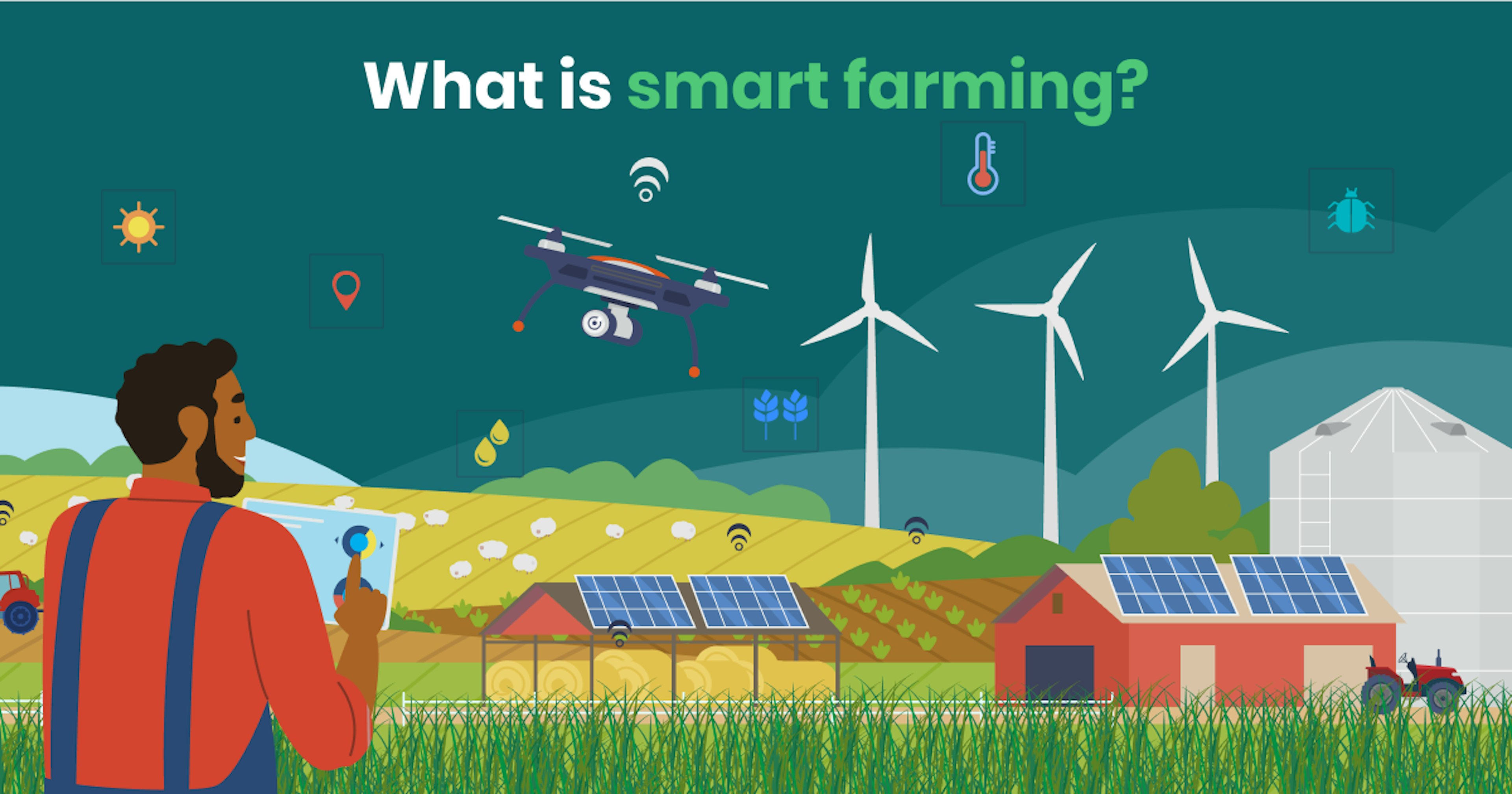Maximize Profits Smart Farming Benefits Optimized

In an era where technology is revolutionizing every aspect of our lives, why should farming be any different? Imagine transforming your fields into information-rich, data-driven smart farms. Imagine your crops thriving under the watchful eye of automated farming systems. Smart farming is not just the future; it's the present. But what are the benefits of smart farming? Let's dive in and explore how smart farming practices are optimizing resource efficiency in farming and yielding substantial profits.
The Advantages of Precision Agriculture Applications
Precision agriculture applications are at the heart of smart farming. They allow farmers to manage their land more scientifically and efficiently. Think of it like a high-tech GPS for your crops. It helps you pinpoint exactly where you need to make adjustments, whether it’s fertilizing, watering, or monitoring soil health. Imagine being able to see your entire field in real-time, knowing exactly what each plant needs. This level of precision not only saves time but also maximizes yield. It’s like having a personal assistant for every blade of grass.
Optimizing Resource Efficiency in Farming
One of the most significant benefits of smart farming is how it optimizes resource efficiency in farming. Precision agriculture allows farmers to use resources like water and fertilizers much more effectively. For example, sensors in the soil can tell you exactly when and where to water, ensuring that every drop counts. This reduces waste and lowers costs, all while boosting crop health. It’s like turning on the sprinklers only when your lawn is truly thirsty, saving precious water in the long run.
Automated Farming for Increased Productivity
Automated farming takes productivity to the next level. Machines can handle repetitive tasks more efficiently than humans, from planting seeds to harvesting crops. This means you can cover more ground in less time, reducing the need for manual labor and increasing overall output. Imagine driving a tractor that plows your fields autonomously while you plan your next crop cycle. The combination of technology and human expertise results in a farming experience that is both efficient and effective.
The Economic Advantages
When it comes to the benefits of smart farming, the economic advantages are truly game-changing. By optimizing resource efficiency in farming, you reduce operational costs. Automated farming systems ensure that every piece of hardware and software is working at peak efficiency, minimizing downtime and maximizing output. This translates to higher profits and a healthier bottom line. Precision agriculture applications also help in early detection of pests and diseases, allowing for timely intervention and minimizing crop loss. This proactive approach can save thousands of dollars annually.
Environmental Benefits
Smart farming is not just about profits; it’s also about sustainability. Precision agriculture applications help in reducing the environmental impact of farming. By using only the necessary amount of pesticides and fertilizers, you minimize pollution and soil degradation. Automated farming systems can also monitor soil health and water levels, ensuring that your land remains fertile and productive for years to come. Think of it as giving your land the care it deserves, so it can continue to provide for you in return.
The Future is Smart: What Are the Benefits of Smart Farming?
As we step into an era where smart farms are becoming the norm, it’s clear that the future of farming is smart. By understanding and implementing the benefits of smart farming, you can transform your farm into a model of efficiency and sustainability. From precision agriculture applications to automated farming systems, smart farming practices are paving the way for a greener, more profitable future. If you haven’t already, it’s time to embrace this revolutionary trend and watch your crops – and your profits – bloom.
Ready to unlock the full potential of smart farming? Click [[here]] to learn more about how precision agriculture applications and automated farming can transform your smart farm.
Frequently Asked Questions
1. What exactly are smart farming practices?
Smart farming practices involve the use of technology such as sensors, GPS systems, and automated machinery to optimize farming operations. These practices aim to improve resource efficiency, increase productivity, and reduce environmental impact.
2. How do precision agriculture applications work?
Precision agriculture applications use data collected from various sensors and tools to provide real-time information about soil conditions, water usage, and crop health. This data helps farmers make informed decisions, leading to better crop yields and resource management.
3. Can automated farming replace human labor entirely?
While automated farming can handle repetitive tasks efficiently, it is not a complete replacement for human labor. The human touch is still necessary for tasks that require judgment, adaptability, and creativity. However, automated farming can significantly reduce manual labor, allowing farmers to focus on strategic decisions.
4. How does smart farming help in environmental conservation?
Smart farming practices help in reducing the environmental impact by using resources more efficiently. This includes minimizing the use of pesticides and fertilizers, reducing soil degradation, and conserving water. By monitoring soil health and water levels, smart farming ensures sustainable land use.
5. What are the initial costs of setting up a smart farm?
The initial costs of setting up a smart farm can vary depending on the scale and type of technology used. However, the long-term benefits, including increased productivity and reduced operational costs, usually outweigh the initial investment. It's advisable to consult with experts to understand the specific costs and potential returns for your farm.
```
0 Response to " Maximize Profits Smart Farming Benefits Optimized"
Post a Comment